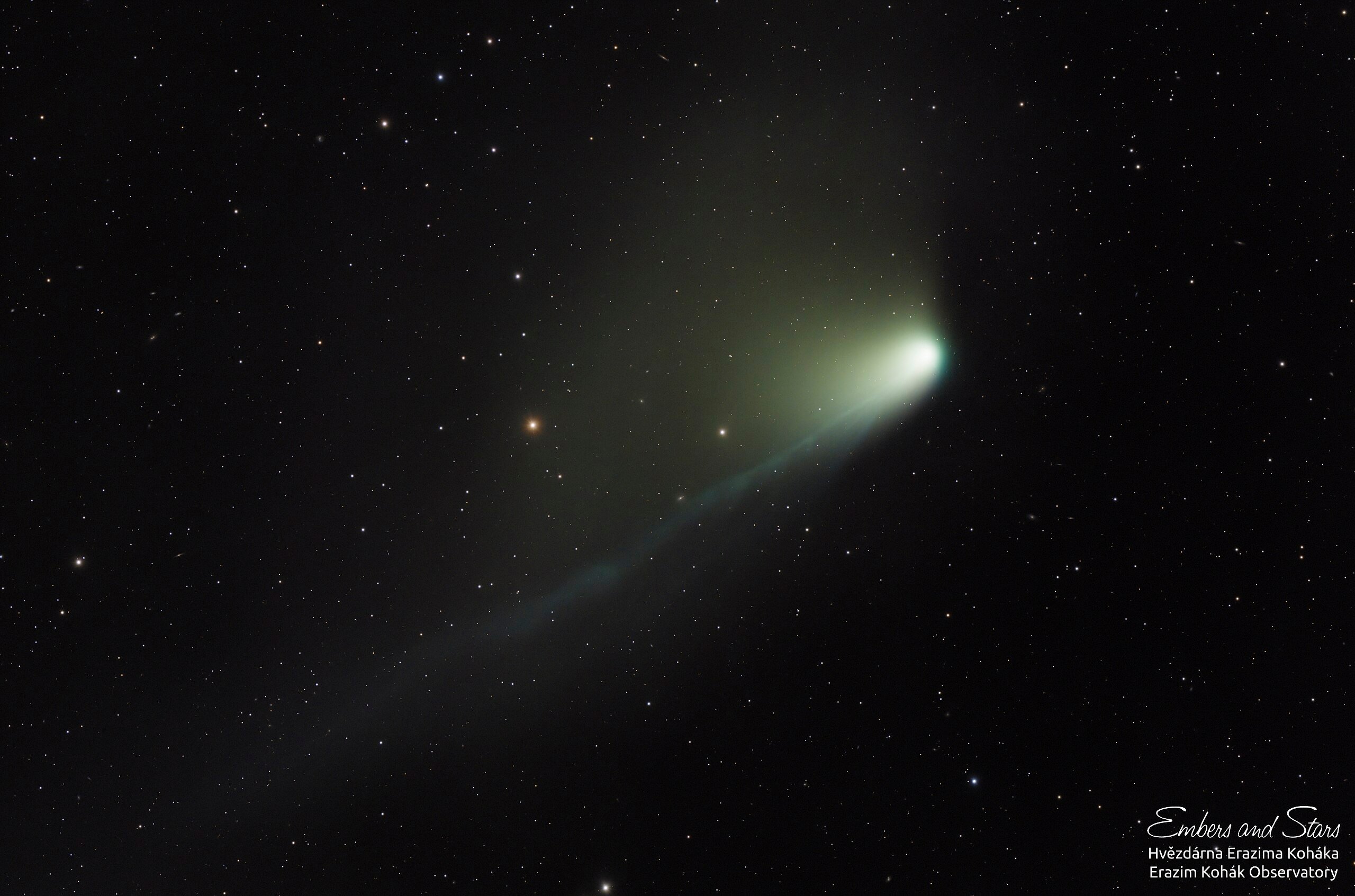In the Christmas atmosphere, TecMundo and #AstroMiniBR have selected the best astronomical curiosities of 2023 produced by their collaborators. Twitter profile To remember with you, who are fans of cosmic events like us. Check out!
#1: Cosmic network of galaxies!
A large-scale structure stands out extraordinarily in the universe: cosmic network of galaxy clusters!
This massive structure consists of intricately interconnected filaments of dark matter. as cosmic “roads” along which galaxies cluster. This complex network has its origins in the primordial universe, where primordial quantum fluctuations produced the seeds in the first moments of Cosmos life.
Over approximately 14 billion years of evolution, mutual gravitational pull between denser regions shaped this network and shaped it into its present form.
This complex cosmic web is not only a work of celestial art, but also plays a vital role in studying the evolution and distribution of galaxies. Their filaments act as corridors that direct the movement of galaxies, influencing their evolution and interaction. Understanding this is crucial to solving mysteries. understanding the formation of the cosmos and how the larger structures of the Universe interact over time.
#2: How far is the Moon from Earth?
Compared to the stars and our Sun, the Moon doesn’t seem that far from Earth. Although this is true, The vastness of space between Earth and the Moon remains impressive.
On average, this distance is approximately 384,400 kilometers, but this figure is not absolute as the movement of the Moon in its elliptical orbit causes this distance to vary over time. While the Moon can reach approximately 363,300 kilometers from the Earth at its closest point, called perigee, the distance at its farthest point, apogee, can reach approximately 405,500 kilometers.
To illustrate this vastness, it is fascinating to note that the space between the Earth and the Moon is at perigee. It is so extensive that even if all the planets in our Solar System were lined up side by side, there would still be room left.. This perspective both highlights the size of the Earth-Moon distance and encourages us to think about the size of the universe in which we live and which we are constantly trying to explore with our minds.
#3: A photo of the Sun taken without looking at the Sun!
Picture shown below We caught the unique view of the Sun, not directly, but through the Earth! This remarkable achievement occurred in 1998 and was accomplished using not ordinary visible light photons, but “neutrino light” recorded by the Super Kamiokande detector located in Japan.
To establish this remarkable record, a 503-day exposure was required, during which neutrinos emitted by the solar core were detected from the Japanese device in a vast pool of 50,000 tons of water located at a depth of 1 km.
Neutrinos are elementary particles with almost zero mass that interact only through weak nuclear forces and gravity, allowing them to pass through ordinary solid matter at almost the speed of light.
During is a rare interaction between a neutrino and an electron in water; electron moves faster than the speed of light in waterIt produces a pulse of light known as Cherenkov radiation. These pulses were then captured by thousands of light amplifiers distributed over the surface of the pool, resulting in this extraordinary image!
Did you like the content? So always stay up to date with the best astronomy curiosities at TecMundo!
Source: Tec Mundo
I’m Blaine Morgan, an experienced journalist and writer with over 8 years of experience in the tech industry. My expertise lies in writing about technology news and trends, covering everything from cutting-edge gadgets to emerging software developments. I’ve written for several leading publications including Gadget Onus where I am an author.











